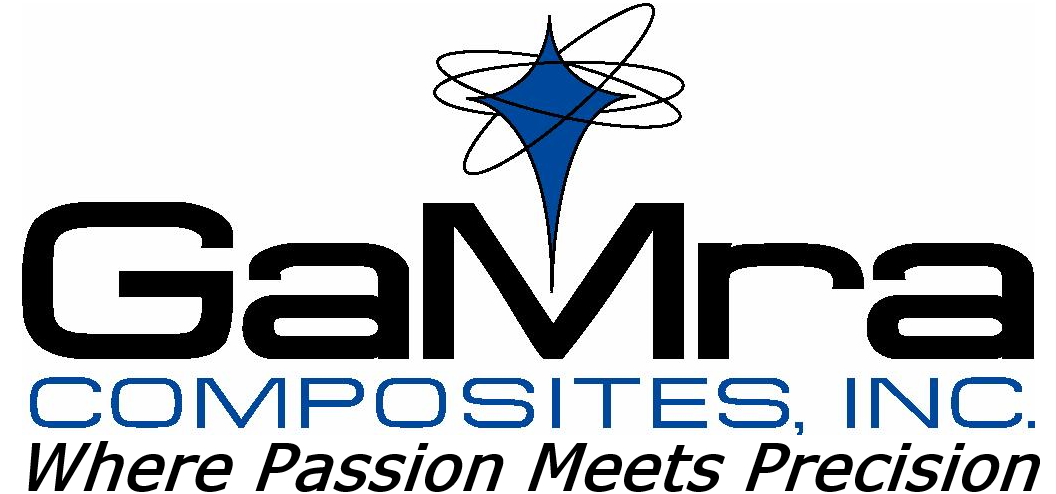Since the inception of GaMra in 2000, GaMra has been developing, manufacturing, and selling mandrels used to make thermoset hose for many of the leading hose manufactures in the world.
Today we manufacture mandrels as little as .187”(4.75mm) and as large as 1.25” (31.75mm)
From the U.S. to Turkey, Brazil, Mexico, China, GaMra’s tight tolerance and broad variety of materials and splicing techniques have allowed manufacturing to:
Reduce Variation in final hose I.D. In many cases mandrels under .500” (12.7mm) are made to less than +/- .003” (.007mm)
This reduction in variation provides the following benefits
Increased continuous lengths of hose in single autoclaving process reducing spices and scrap.
Better interface on fittings.
Reduced raw material consumed as manufactures can optimize wall’s while still maintaining pressure specifications.
Quicker blow out times and reduced pressures.
Increased Turns of the mandrels
Today GaMra manufactures mandrels made from the following materials:
TPE (Thermoplastic Elastomers)
GaMra pioneered TPE mandrels around 2003 for two thermoset hose manufactures simultaneously. Their interest was in:
Thermoplastic material that could potentially be recycled to replace their in house made Nytrile mandrels that they would get 6-8 turns before hauling to the landfill.
Tighter tolerances than their current mandrel specification of +/-.008” (.20mm)
Better release during blow out to reduce pressures, time and allow longer continuous lengths.
Able to withstand repeated cycles at 70 PSI in steam autoclave.
As or more flexible than current mandrels for ease of handing and lay out prior to autoclaving.
Lower overall cost per turn.
Results: Initial more flexible mandrels showed braid pattern in hydraulic hose after multiple trial and some stretching. GaMra reformulated to a higher durometer and added a brass coated wire that is coated for adhesion to the base mandrel material to prevent stretching and allowing splicing when hose defects are cut out in final inspection.
Benefits achieved:
Customers report 30+ turns making the mandrels more cost competitive than other alternatives.
GaMra developed injection molding splicing techniques to allow for continued use of mandrels after hose defects are cut out.
Tighter tolerances have allowed longer lengths with one customer reporting mandrels as long as 15,000’ being successfully blow out in .250” diameter.
TPX (Transparent Polymethylpentene)
Thermoplastic Hose Mandrel
Advantages
Excellent heat resistance allowing for high temperature vulcanization during manufacturing.
allows for a precise inner hose diameter
reusable
low surface tension allows for easier release
Nylon
Uses
Power steering hose
Fuel hose
Brake hose
Nylon mandrels offer another alternative over wire reinforced TPE’s or more expensive TPX. While more stiff then TPE’s or modified wire reinforced TPX nylon mandrels can be “butt” spliced for reuse.
Advantages:
“Butt” splicing while not as reliable as injection molded TPE splices is simpler than.
Can be easily reground and reextruded.
Disadvantages:
More stiff than other options which make handling more difficult.
More expensive than TPE
Do not “release” as well as TPE’s during extraction.
Welded joints can break during extraction

